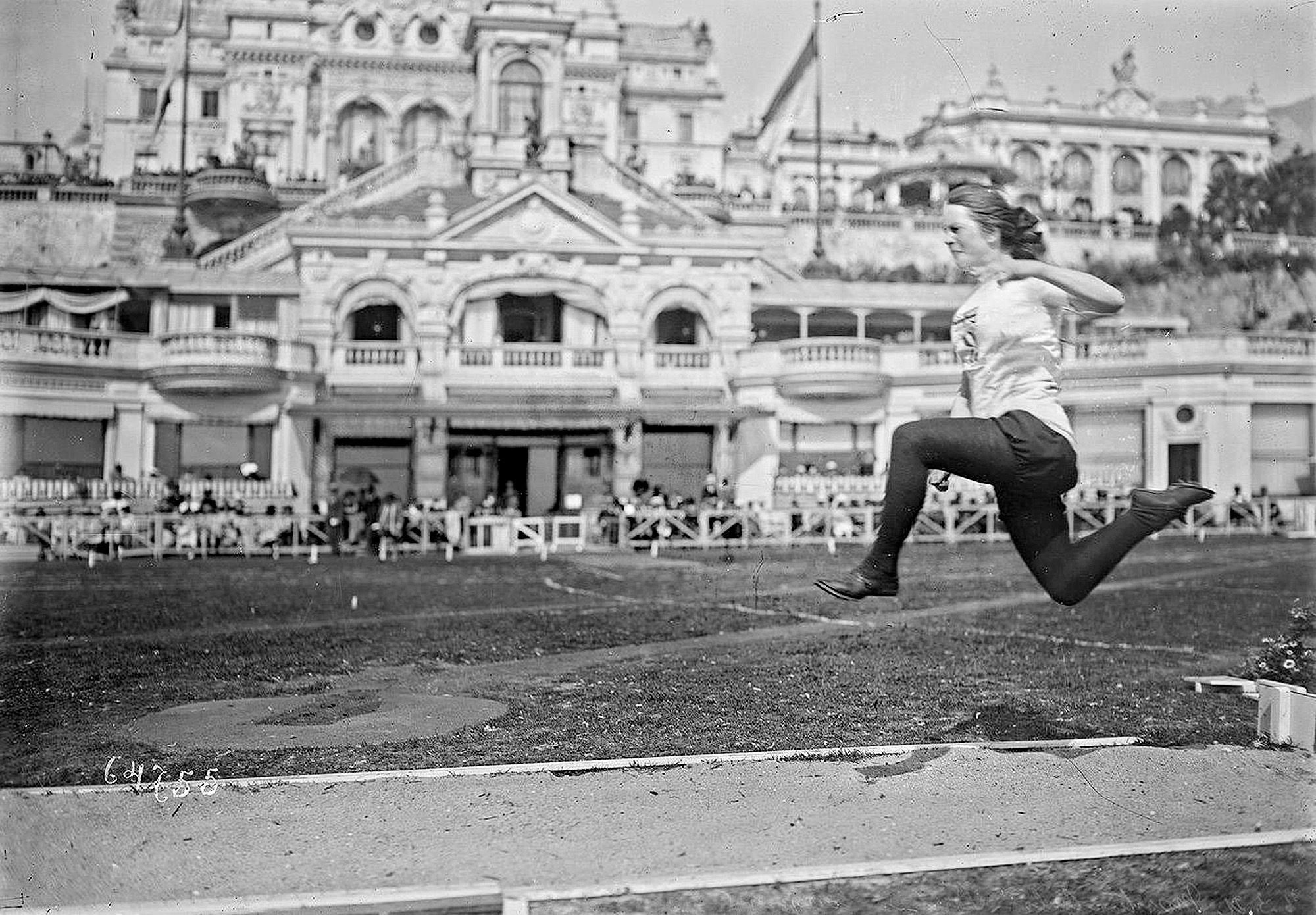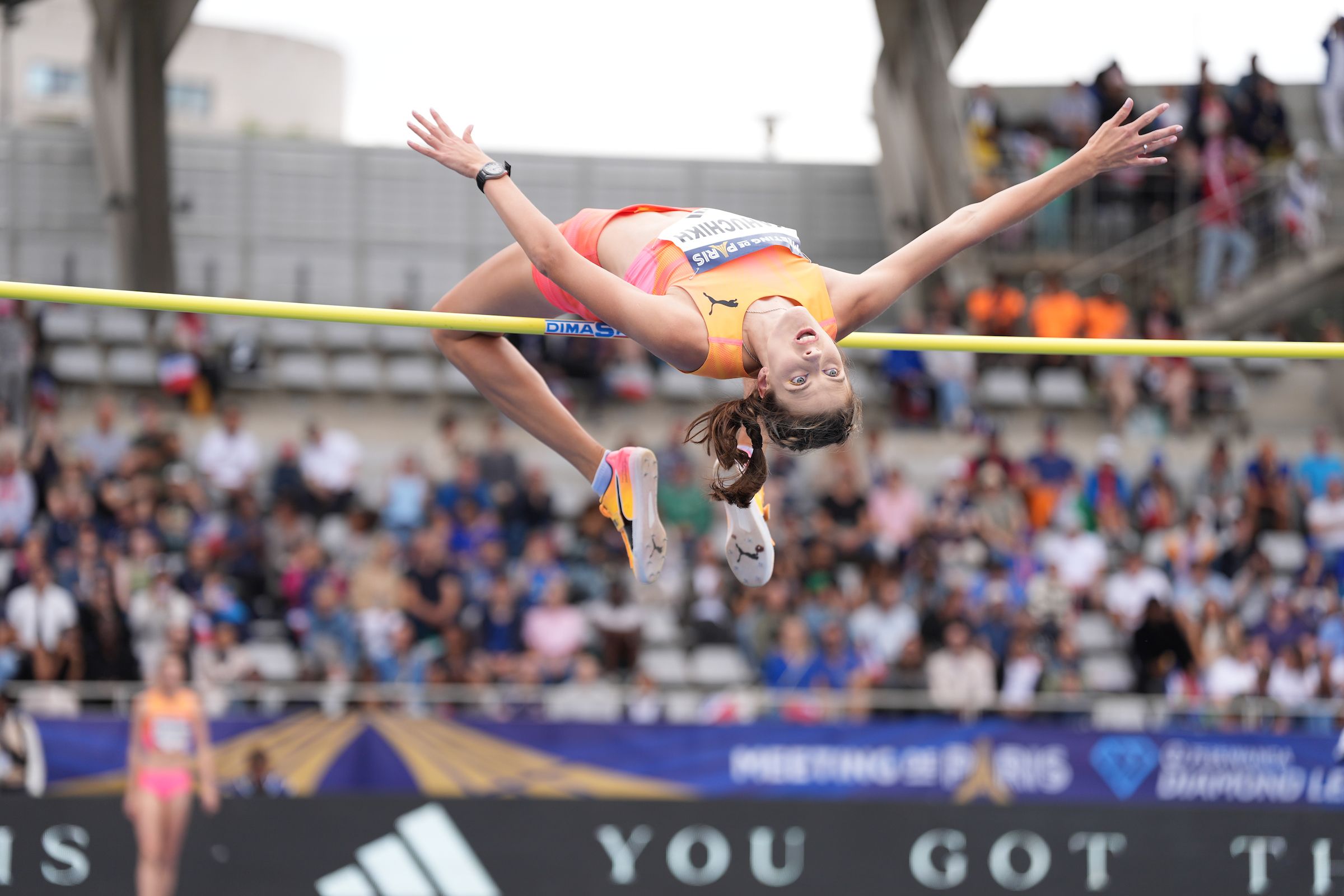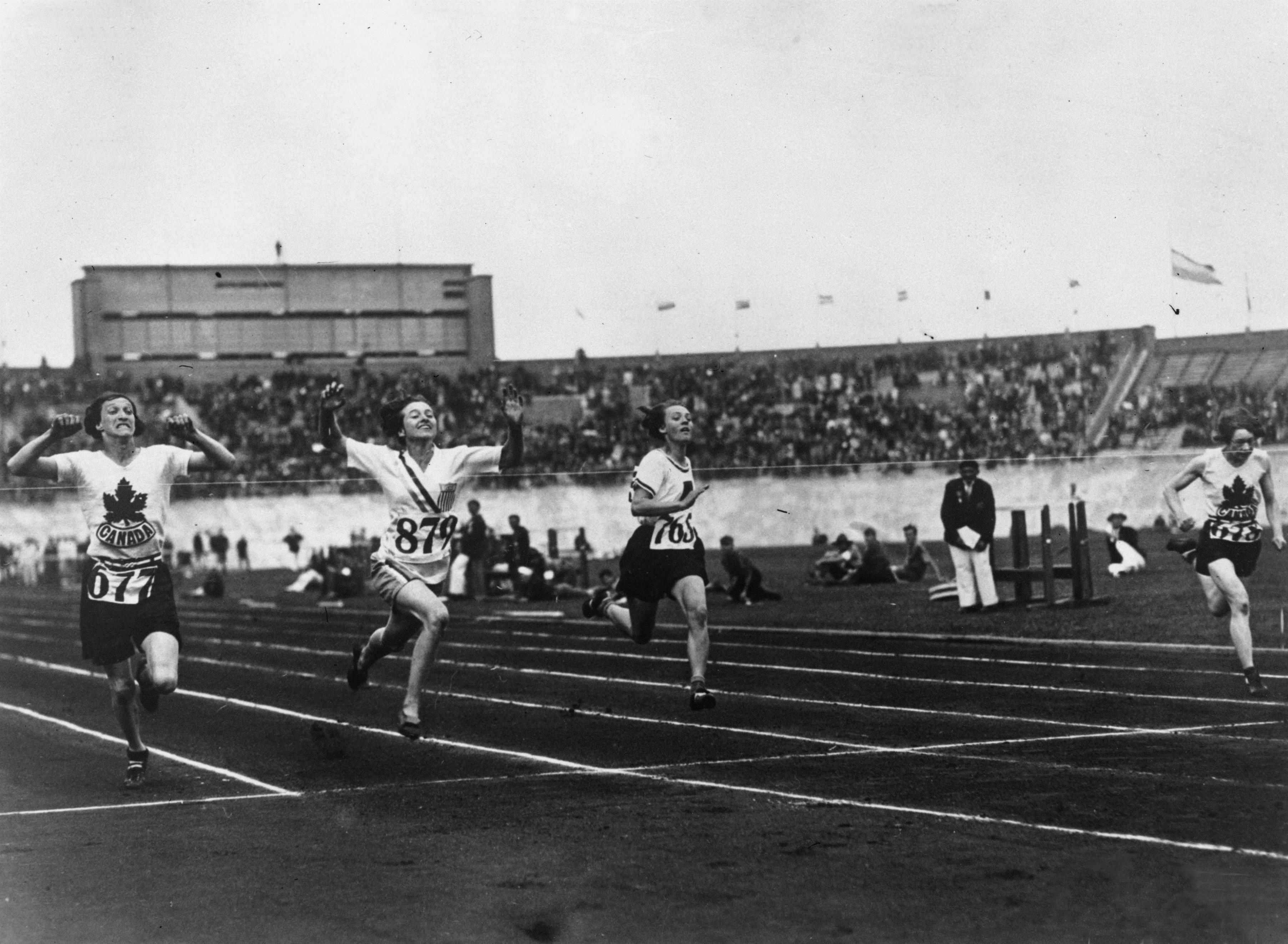1924 to 2024: the inaugural Women's Games (left), and Faith Kipyegon winning the 2023 world title
In just a few days’ time, Paris will host the Olympics for the third time, exactly 100 years after the French capital last staged the Games.
Much has happened in the sport over the past 10 decades, so in this mini series leading into this year’s Games, we’ll reflect on some of the bigger developments in athletics between 1924 and 2024, continuing with a look at how the programme of women's events has evolved.
--
Perhaps the most pronounced difference between the athletics action at the Paris Olympics of 1924 and the Games in the French capital in 2024 will be the phenomenon of the female star.
Back in 1924, women were deemed too frail to contest track and field events in the Olympic arena.
While sportswomen were first admitted to the Olympics in 1900, they were confined to the so-called “feminine events” of tennis, sailing, croquet and horse riding.
• Explore more of the sport's history in the Museum of World Athletics
The French rower and swimmer Alice Milliat founded the International Women's Sports Federation and organised an international athletics competition for women in Monte Carlo in 1921.

Five-time gold medallist Mary Lines in action at the 1921 Women's Olympiad in Monaco (© Gallica)
She appealed to the International Olympic Committee to include track and field events for women in Paris in 1924 but was met with a firm refusal.
“I personally do not approve of the participation of women in public competitions,” said Baron Pierre de Coubertin, the French founder of the modern Games. “At the Olympic Games, their role should above all be to crown the winners.”
How times have changed in the course of a century.
In Paris in 2024, women will be crowned Olympic champions with performances superior to those achieved by the golden boys of 1924.
The five women who have set world records so far in 2024 in events on the Olympic programme all did so with better marks than the men who won those disciplines in the French capital 100 years ago.

Yaroslava Mahuchikh in the high jump in Paris (© Christel Saneh)
Ukrainian high jumper Yaroslava Mahuchikh’s 2.10m clearance at the Paris Diamond League meeting on 5 July was 12cm higher than US athlete Harold Osborn’s winning clearance in 1924.
At the same meeting, Kenya’s Faith Kipyegon lowered her 1500m world record to 3:49.04. Paavo Nurmi’s winning time in 1924 was 3:53.6.
The great Finn’s compatriot and arch rival Ville Ritola won the 10,000m in a world record 30:23.2. At the Diamond League meeting in Eugene in May, Beatrice Chebet of Kenya took the women’s world record down to 28:54.14.
On the same track at the US Olympic Trials last month, Sydney McLaughlin-Levrone reduced her world record in the 400m hurdles to 50.65. Morgan Taylor of the US won Olympic men’s gold in Paris in 1924 in 52.6, which was disqualified as a world record because he knocked over one of the barriers.
Women were first admitted into the Olympic athletics arena in Amsterdam in 1928, three years after Coubertin’s retirement as IOC President. The 800m was dropped from the programme until 1960 after several women dropped to the ground in exhaustion. Britain’s Daily Mail quoted a medical expert claiming that women who took part in the 800m and other “feats of endurance” would “become old too soon”.

Elisabeth Schwartz (second left) wins the 1928 Olympic Games 100m (© Getty Images)
Kenyan Peres Jepchirchir set a women-only marathon world record of 2:16:16 in London in April. Albin Stenroos of Finland won the men’s marathon in Paris in 1924 in 2:41:22, an Olympic record.
Simon Turnbull for World Athletics




